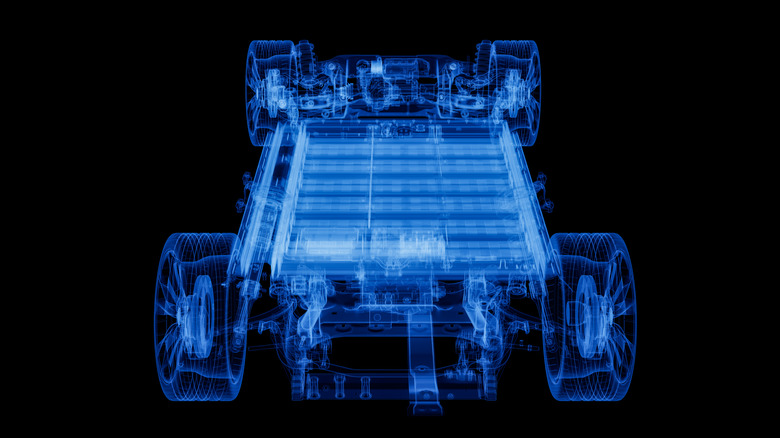staff@slashgear.com (Daniel Trock)
2024-10-04 08:45:45
www.slashgear.com
Besides nifty features like one-pedal driving or custom sounds, the big appeal from electric vehicles like the Hyundai Ioniq 5 N or the Nissan Ariya is, obviously, the lack of a traditional combustion engine. No gas-burning engine means no harmful emissions and money saved on gasoline. However, due to the very nature of energy generation, there are some aspects of electric vehicle functionality that aren’t completely divorced from the functions of a traditional automotive engine.
Advertisement
For instance, when you think of the operation of a traditional engine, you’d probably expect a good amount of ambient heat. Even an electric motor like you’d find in an EV can get quite hot, and unlike a combustion engine, electric motors aren’t equipped with radiators to safely dissipate heat. How is an electric motor supposed to maintain a safe operating heat, then? The answer may be familiar to you if you have experience assembling modern computer towers.
EV motors can be cooled off through the use of liquid and/or air cooling. Liquid cooling is generally the more popular option, since it’s better at what it does. Pipes full of specially-formulated coolant flow through nooks beneath the battery pack, where the bulk of the heat is generated. The coolant absorbs heat from the battery pack, then sends it off to a heat exchanger where the excess temperature can be safely evaporated. Air cooling can also be implemented, simply passing outside air through and around the battery pack and back out of the car. This is why some EVs still have radiator grilles despite not having radiators, to more easily facilitate the flow of air.
Advertisement
Where does the heat come from in an EV?
As mentioned, a typical combustion engine generates its high levels of heat through a combination of the typical fuel and air combustion process and the rapid movement of the pistons in the cylinders. To alleviate this heat buildup, a typical car features a radiator, usually mounted near the engine. The radiator receives the coolant that’s been flowing around the engine, passively absorbing heat, and funnels it through a series of wavy aluminum fins. This exposes the coolant to air from outside the car, allowing the heat to pass on and out of the engine, while the now-cool coolant recirculates back to the engine.
Advertisement
The electric motor that is mounted in an EV doesn’t come with a radiator. If you think that’s not a problem, think again -– an electric motor’s battery can still generate an intense level of heat from the conversion of high voltage direct electrical currents to alternating currents. Have you ever pushed a home electrical appliance really hard and felt it get hot in your hands? It’s the same phenomenon, albeit on a much larger and potentially more dangerous scale.
Support Techcratic
If you find value in Techcratic’s insights and articles, consider supporting us with Bitcoin. Your support helps me, as a solo operator, continue delivering high-quality content while managing all the technical aspects, from server maintenance to blog writing, future updates, and improvements. Support Innovation! Thank you.
Bitcoin Address:
bc1qlszw7elx2qahjwvaryh0tkgg8y68enw30gpvge
Please verify this address before sending funds.
Bitcoin QR Code
Simply scan the QR code below to support Techcratic.

Please read the Privacy and Security Disclaimer on how Techcratic handles your support.
Disclaimer: As an Amazon Associate, Techcratic may earn from qualifying purchases.

















































![[2024 Upgrade] INSAUTO Tesla Model Y Windshield Sunshade Umbrella-Protect Car from Sun…](https://techcratic.com/wp-content/uploads/2024/12/61aJHRkDWTL._AC_SL1392_-360x180.jpg)





![Jaws 3 [Blu-ray]](https://techcratic.com/wp-content/uploads/2024/12/91t6EbtDrHL._SL1500_-360x180.jpg)












